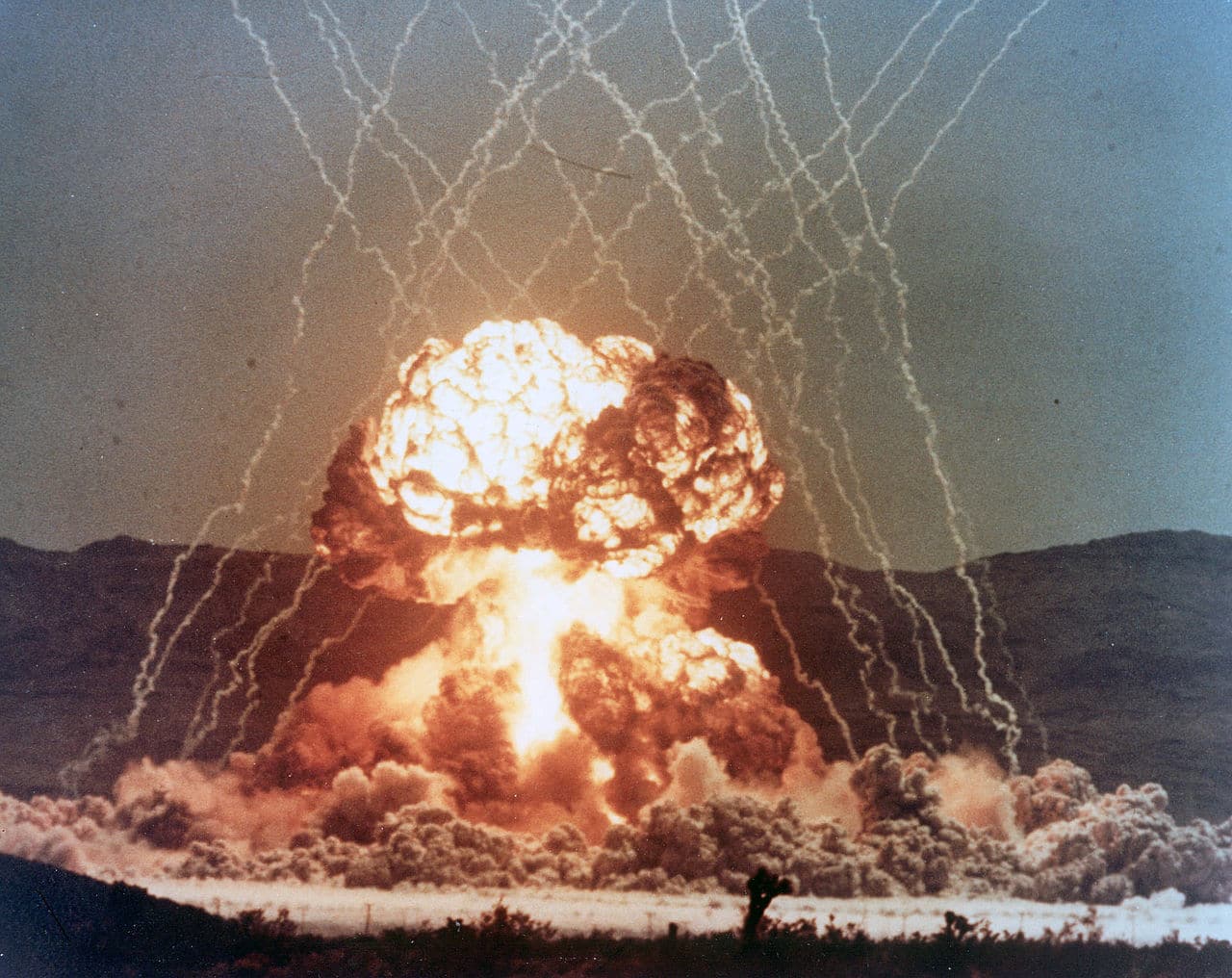
Get ready for some historical awesomesauce — here’s Nick Holonyak, the GE engineer who invented LEDs, waxing poetic about the process, times, and history of the process of inventing light emitting diodes. This is an awesome 3 minutes!
From an article at GE Lighting:
Holonyak got his PhD in 1954. In 1957, after a year at Bell Labs and a two year stint in the Army, he joined GE’s research lab in Syracuse, New York. GE was already exploring semiconductor applications and building the forerunners of modern diodes called thyristors and rectifiers. At a GE lab in Schenectady, the scientist Robert Hall was trying to build the first diode laser. Hall, Holonyak and others noticed that semiconductors emit radiation, including visible light, when electricity flows through them. Holonyak and Hall were trying to “turn them on,” and channel, focus and multiply the light.
Hall was the first to succeed. He built the world’s first semiconductor laser. Without it, there would be no CD and DVD players today. “Nobody knew how to turn the semiconductor into the laser,” Holonyak says. “We arrived at the answer before anyone else.”
But Hall’s laser emitted only invisible, infrared light. Holonyak spent more time in his lab, testing, cutting and polishing his hand-made semiconducting alloys. In the fall of 1962, he got first light. “People thought that alloys were rough and turgid and lumpy,” he says. “We knew damn well what happened and that we had a very powerful way of converting electrical current directly into light. We had the ultimate lamp.”
Holonyak left GE in 1963 and started teaching at his alma mater, the University of Illinois. Today he is the John Bardeen professor of electrical and computer engineering and physics. He’s collected dozens of top prizes for his work, including the National Medal of Technology and Innovation, theLemelson-MIT Prize, and membership in the National Inventors Hall of Fame.
The red LED “was just the beginning,” he says. “I knew that it was a very powerful thing and that these materials will become a source of white light. I thought it might be a decade. Little did I realize that it would take much longer than that.”
I freaking love Science.




